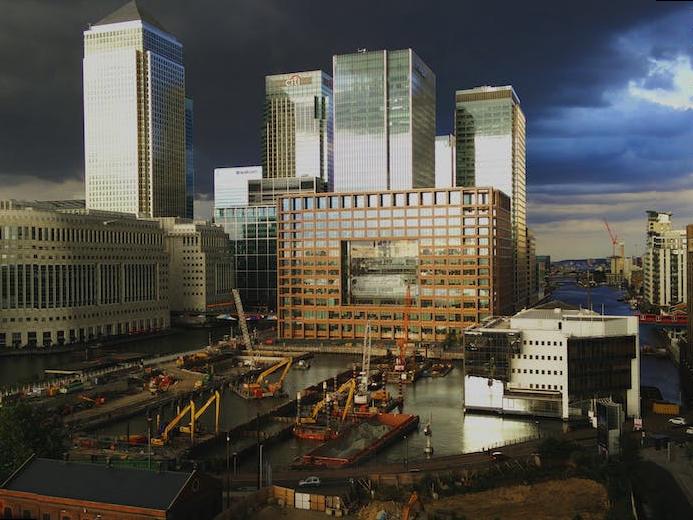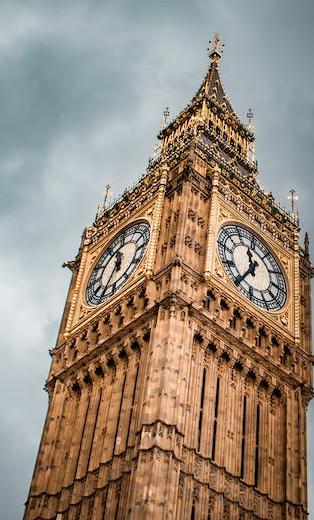
The London Underground, more commonly known as “the Tube,” is the oldest rapid transit system in the world, having been inaugurated on January 10, 1863. Since then, it has grown into a massive network of tunnels and tracks, spanning over 400 kilometers and serving over five million passengers every day. The Tube has played a vital role in the history of London, from being a vital link during World War II to the backbone of the city’s transportation system during the 2012 Olympic Games.
Many fascinating historical facts are associated with the Tube. Did you know that the first steam-driven trains used on the Tube were so loud that people had to be warned not to put their heads out of the windows for fear of going deaf? Or that in 1890, the lift at the King William Street Station was so fast that it could carry people up and down the building’s six floors in just 27 seconds? In later years, the Tube would be host to several crimes, including the Great Train Robbery of 1963, which involved the theft of £2.6 million in cash from a train carrying mail.
Whether you’re a Londoner or a tourist, navigating the Tube can be a daunting task. But with a little bit of knowledge of its rich history, you’ll be able to appreciate this iconic transportation system all the more.
Oldest Underground Railway In World
The London Tube, also known as the London Underground, is the oldest underground railway system in the world. It was opened in 1863 and has grown to become one of the most extensive underground networks in the world, with over 250 miles of track and 270 stations.
The idea for the London Tube was first proposed in the early 19th century, but it was not until 1863 that the first line, the Metropolitan Line, was opened. This was followed by the District Line in 1868 and the first deep-level line, the City and South London Railway, in 1890.
Over the years, the London Tube has undergone many changes and upgrades, including the introduction of electric trains in the early 20th century and the construction of new lines and stations in the decades that followed.

Today, the London Tube is an integral part of the city’s transportation network, carrying over five million passengers each day. It has become a symbol of London and has played a key role in shaping the city’s development and growth over the past century and a half.
Victorian Era Genius Engineering
During the Victorian era, engineers built the London Tube, which remains as an excellent example of genius engineering. The train system consists of 11 separate lines that stretch across the city, with over 270 stations. The trains run on tracks that span over 249 miles, while deep underneath the city, tunnels of different shapes and sizes connect the stations. The Victorian engineers overcame several obstacles, including brick sewer pipes they encountered while building the tunnels. This challenge was resolved by creating iron rings around the tunnels that held the pipes back, which allowed the trains to move through without any disruptions. In addition, the London Tube is the world’s oldest metro system and has since undergone several upgrades to cater to the growing population of London. If you’re living in London and looking for the best car to buy for London, cost-efficient cars are a great option. However, the London Tube remains the best method of transportation in the city, as it is much faster, can cater to many people, and is more environmentally friendly than driving.
The First Escalator
The first escalator was installed in the London Tube in 1911 at Earl’s Court station. It was designed by an engineer named George Croydon Marks. The escalator was made of cast iron and powered by a steam engine located in the basement of the station. It was an innovation in transportation technology that revolutionized the way people moved between levels in the underground network.

The first escalator in the London Tube was a huge success and was quickly followed by the installation of escalators in other stations across the network. However, the original escalator at Earl’s Court was replaced in the 1920s by a newer, electrically powered model.
The installation of the first escalator in the London Tube was an important moment in the history of the underground transport network. It improved the passenger experience, making it easier and faster to move between levels. Today, escalators are an essential part of the London Tube and can be found in almost every station across the network.

A Safe Sanctuary In Ww2
During World War II, the London Tube system provided a safe sanctuary for thousands of Londoners during air raids. The tunnels of the Tube were used as shelters during the Blitz, a devastating bombing campaign carried out by German forces. As sirens wailed and bombs rained down upon the city, people sought refuge underground. The Tube stations provided a place of safety, with basic amenities such as toilets, first aid facilities, and even canteens.

People spent long hours in the Tube stations, waiting for the all-clear signal to sound. The stations were crowded, noisy, and uncomfortable, but they were also a vital lifesaving resource during a time of great peril. The morale-boosting efforts of volunteers, in the form of entertainment and games, helped to keep their spirits up during the dark times.
The London Tube continues to serve as a vital part of the city’s transport network today, providing a fast and efficient way to travel around the capital. For those wondering what to get from London, consider checking out the variety of locally sourced food products available in the city.
Final point
In conclusion, navigating the London Underground, or “the Tube,” can seem daunting at first, but with a few tips and tricks, it can be an efficient and easy way to travel around the city. Before heading down into the stations, make sure to purchase an Oyster card or contactless payment card for the quickest and most cost-effective fares. It’s also helpful to plan out your route ahead of time using a map or the TfL journey planner app. Remember to stand on the right side of the escalator and to allow passengers to exit before boarding the train. Once on board, keep your belongings close and be aware of your stop – the overhead and electronic signs will indicate which station is coming up next. If you do get lost or have any issues, don’t be afraid to approach a member of staff for assistance.
Overall, the Tube is a vital part of London’s transportation system and can offer a unique and convenient way to explore the city. With a little bit of preparation and knowledge, you can confidently navigate the Underground and enjoy all that London has to offer.
